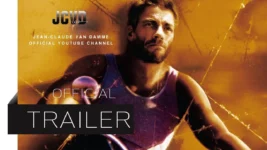Desert Heat (2025) – Jean Claude Van Damme
May 24, 2025
Desert Heat (2025): A Blistering Return to Grit, Glory, and One Man’s Final Stand
When the sun scorches the sand and morality blurs into mirage, only one figure emerges from the heat with a soul worn thin and fists ready — Jean-Claude Van Damme, resurrected in Desert Heat (2025), like a mythic relic from an era of muscle, vengeance, and redemption.
Directed with unexpected restraint and style by a reinvented genre auteur, this spiritual successor to the hard-hitting action films of the ’90s doesn’t just bring Van Damme back to the battlefield — it weaponizes silence, regret, and one man’s haunted past as much as it does fists and gunfire. Desert Heat is not here to chase trends. It digs into the bones of the Western-action hybrid and lets them burn under the desert sun.
This isn’t nostalgia. This is rebirth — raw, stripped down, and unflinchingly personal.
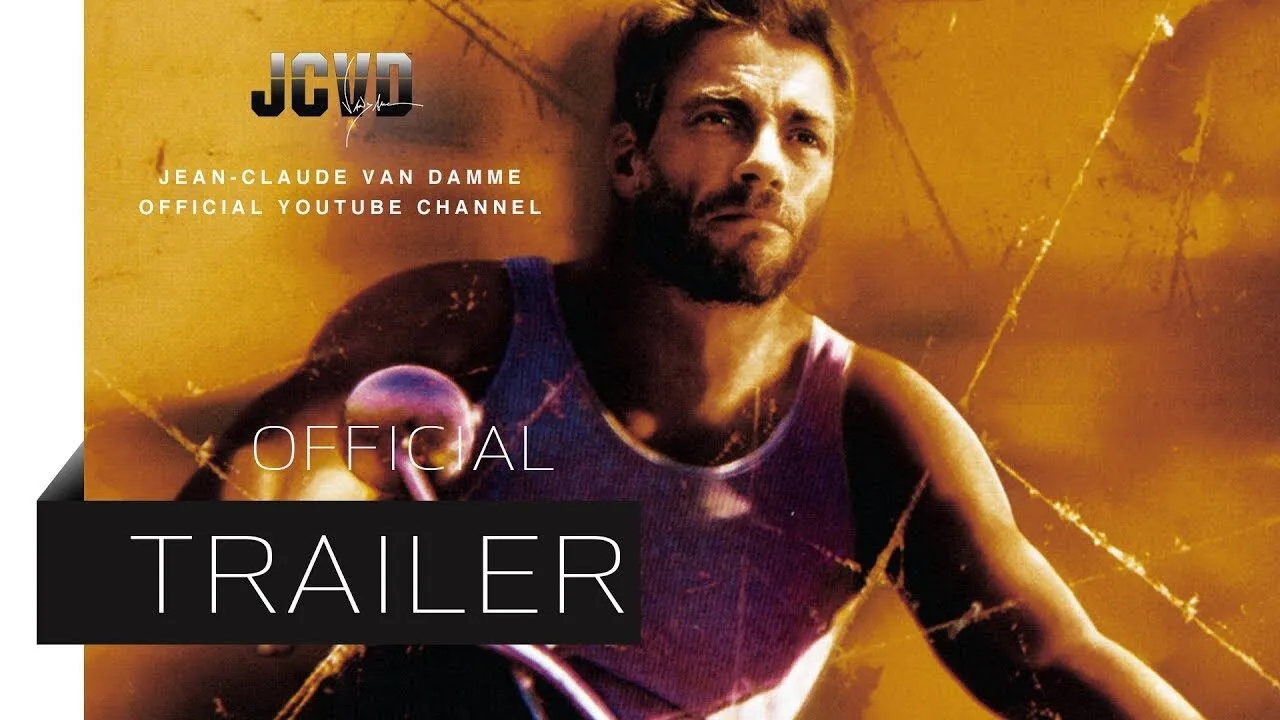
Plot Summary
Somewhere deep in the dustbowl outskirts of the American Southwest, an ex-mercenary named Leon “Dust” Moreau (Van Damme) rides into the decaying town of Jericho — a place strangled by heat, silence, and the iron grip of a local cartel that treats the land and its people like property.
Dust doesn’t come looking for justice. He comes for solitude, for escape, and perhaps, quietly, for death. Haunted by a mission gone wrong and the faces of innocents he failed to save, he settles into an abandoned cabin — a place where silence can either heal or devour.
But Jericho is a town that remembers violence like it remembers rainfall: rarely, and with a storm. When a young boy is caught in the crossfire of the cartel’s wrath, and a woman from Dust’s past reappears with secrets of her own, the quiet mercenary finds himself thrust back into a war he thought he’d buried.
What begins as reluctant protection becomes something deeper — a reckoning. With ghosts. With guilt. And with the man he once was.
Artistic Analysis
Desert Heat is not just another desert-set action flick — it’s a mood piece disguised as a revenge tale. The cinematography evokes the spirit of Leone and the grit of modern neo-noirs: wide, lonely landscapes baked in orange hues, abandoned gas stations swallowed by sand, and long, lingering shots that speak more than the dialogue ever could.
The film’s use of natural light is staggering — golden dusk, blood-red sunsets, and midnight blue shadows become emotional cues as Dust drags his conscience across the sand. The minimalistic score — a blend of hollow guitars, slow percussion, and whispering wind — transforms the desert into a character of its own: ancient, indifferent, yet witness to every drop of blood spilled on its surface.
The action is raw, intimate, and impactful. There are no stylized wire-fu theatrics — every punch hurts, every fall bruises. Fights are not choreography; they’re confrontations, built on tension and rage that has nowhere else to go.

Performances
Jean-Claude Van Damme delivers a performance that might just be his finest in decades. Gone is the flashy martial artist from his early days — what remains is a broken man with eyes that have seen too much and lips that barely move unless provoked. His silence is not empty; it is loaded with pain, regret, and a desperate longing for something like peace.
His physicality is still commanding, but it’s no longer about showing off — it’s about enduring. Every movement feels earned, labored, as if his body is carrying not just his weight but years of buried guilt.
Opposite him, newcomer Eliana Fuentes plays María, a former resistance fighter turned nurse, whose connection to Dust goes deeper than expected. Her presence is warm but fiery, and she never feels like a narrative crutch — she is his equal in emotional gravity, with her own moral wounds to carry.
Even the antagonists are more than clichés. The cartel leader, played with chilling calm by Luis Guzmán in a rare villain role, isn’t loud — he’s surgical, calculating, and terrifying in his stillness. His scenes with Van Damme crackle with tension, never needing raised voices to be deadly.
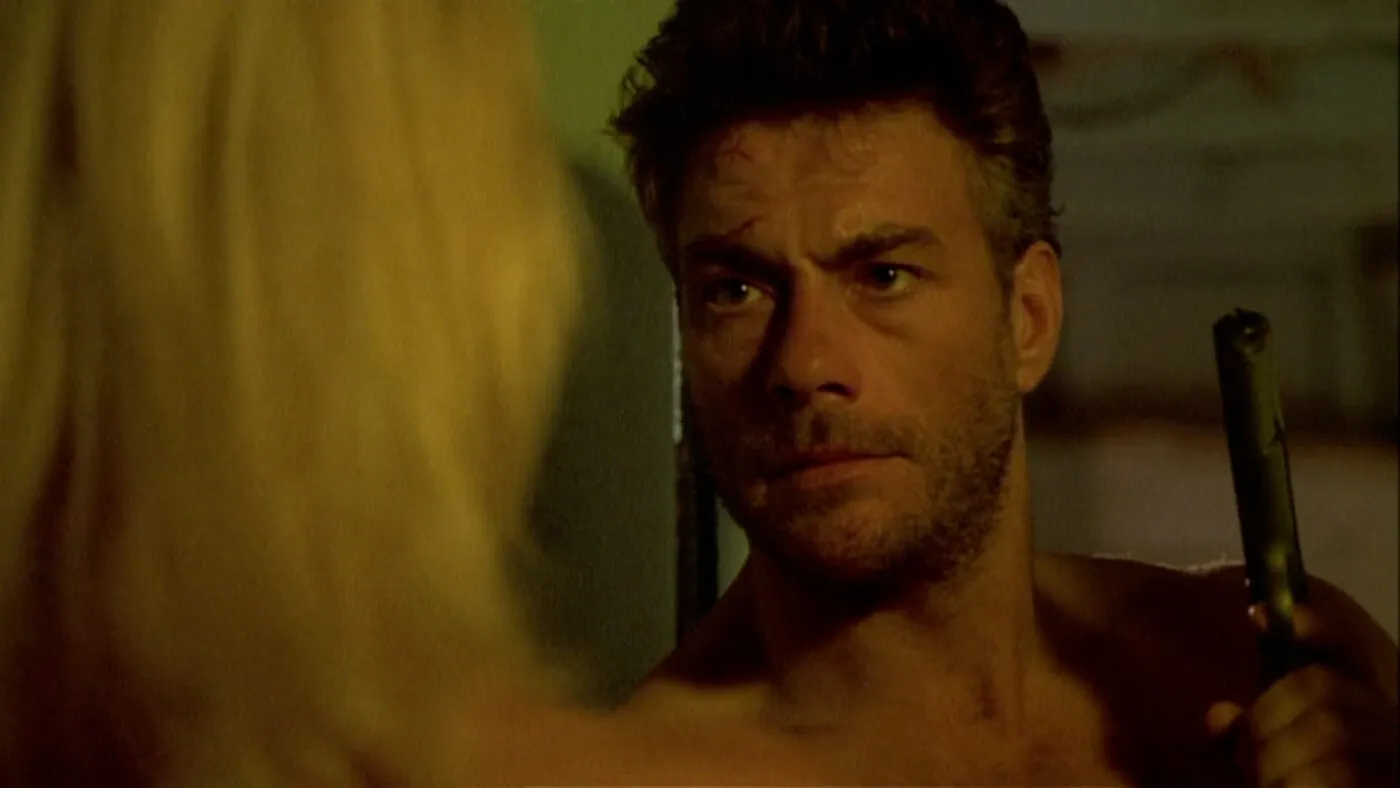
Emotional Impact
What makes Desert Heat resonate isn’t the gunfights or the body count — it’s the undercurrent of grief. It’s the emotional fatigue in Dust’s eyes when he’s handed a weapon again. It’s the child who looks up at him not as a hero, but as a wall between him and death.
The film speaks to aging, to legacy, and to the burden of surviving when so many others didn’t. It’s about carrying memories that weigh heavier than any ammunition. There’s a melancholy here that seeps into every frame — not melodramatic, but lived-in.
Moments of quiet connection — a shared drink under a dying sky, a lullaby sung in Spanish, a moment of stillness before a storm — strike harder than any explosion. The tears don’t fall often, but when they do, they feel earned.
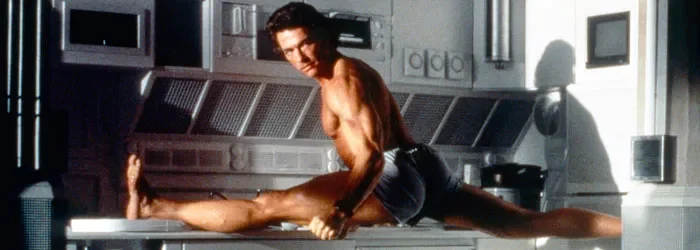
Tone & Rhythm
The tone of Desert Heat is that of a funeral elegy wrapped in a gun holster. It’s somber, slow-burning, and deliberate. But beneath its quietness simmers rage — not just against injustice, but against the apathy of time.
The pacing allows moments to sit. It trusts the audience to feel without being told. While the film builds to explosive violence, it never rushes. Each act is like a chapter carved into sandstone — harsh, heavy, and unable to be undone.
The rhythm mirrors Dust’s internal pulse — slow, steady, haunted, until finally, when all restraint collapses, it erupts in a climax as brutal as it is cathartic.
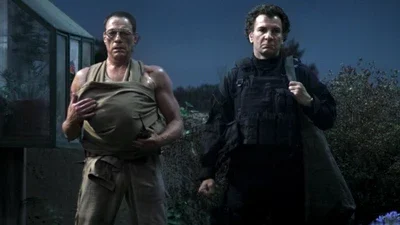
Final Thoughts
Desert Heat (2025) is not a comeback. It’s a statement. It’s Van Damme standing in the twilight of his screen legacy and declaring that there’s still one story worth telling — not about glory, but about consequence.
With its minimalism, visual poetry, and emotional gravity, the film proves that action cinema can bleed with meaning. It reminds us that some fights aren’t about winning — they’re about what you’re willing to carry into the fire.
Dust Moreau may walk alone into the horizon, but Desert Heat ensures we follow his footsteps long after the sand settles.
This isn’t just a movie. It’s a requiem sung with fists and silence.

